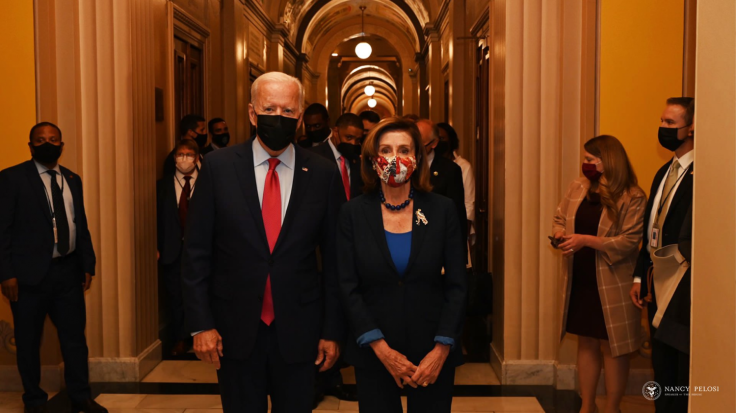Biden Administration Propels Student Loan Forgiveness Efforts Amid Legal Challenges; Understanding Options: Federal vs. Private Loans
ByStudent loan debt has emerged as a widespread problem in the United States, impacting millions and exceeding $1.7 trillion in total.
As the burden of student loans continues to weigh heavily on individuals, the concept of student loan forgiveness has gained traction, particularly in response to economic challenges such as the COVID-19 pandemic. Both the Trump and Biden administrations have taken steps to alleviate this burden, but the landscape of student loan forgiveness is complex and often confusing. This article explores the various options available for student loan forgiveness, focusing on federal programs and recent developments, and provides insights into navigating this intricate terrain.

Student Loan Forgiveness in the US
Student loan debt has reached unprecedented levels in the United States, with more than 43 million Americans collectively owing over $1.7 trillion in federal and private student loans. In recent times, there has been considerable focus on the concept of the government pardoning federal student debt, particularly heightened during the pandemic. Both Donald Trump and Joe Biden employed emergency measures to alleviate the financial strain on college graduates. Nonetheless, maneuvering through the intricate array of student loan forgiveness alternatives has grown more difficult.
Understanding the Options: Federal vs. Private Loans
It's important to note that loan forgiveness typically pertains to federal loans rather than private ones. Given that almost 93 percent of all student debt is federal, exploring the government's forgiveness programs is crucial. President Biden has taken steps to tackle student debt, following in the footsteps of President Trump, who suspended loan repayments and interest in March 2020 due to the pandemic's economic fallout. Despite Biden's ongoing efforts to assist borrowers of all ages, from recent graduates to retirees, the future of these relief measures remains uncertain, leaving many borrowers in a state of financial uncertainty.
Navigating Programs and Legal Challenges
Despite these efforts, legal challenges continue. Republican state attorneys general have initiated legal actions to impede the SAVE plan, though a case in Kansas suffered a recent setback. The Public Service Loan Forgiveness (PSLF) program continues to serve as a feasible choice for public servants, granting debt forgiveness after 120 monthly payments for those in eligible roles. The Biden administration has enhanced this program through reforms, resulting in substantial debt relief for numerous borrowers. Borrowers can still apply for a one-time payment adjustment under a separate Education Department program, with an extended deadline of June 30. This change might result in debt forgiveness or credits that reduce balances. Combining student loans and enrolling in a government-operated income-driven repayment scheme can expedite forgiveness for borrowers. Though these programs can be daunting to navigate, the possible advantages justify the effort. Ultimately, eradicating student debt can greatly enhance borrowers' financial security, despite potential effects on credit ratings.
The issue of student loan forgiveness is a multifaceted one, with numerous programs and options available to borrowers. While the Biden administration has made strides in providing relief and improving existing programs, challenges such as legal battles and program complexities persist. Navigating these options requires careful consideration and understanding of the eligibility criteria and application processes. However, despite these challenges, the potential benefits of student loan forgiveness, including improved financial stability and debt relief, make it a pursuit worth exploring for many borrowers. As the landscape continues to evolve, staying informed and seeking guidance from financial advisors or student loan experts can help borrowers make informed decisions about their student loan repayment journey.
© 2026 University Herald, All rights reserved. Do not reproduce without permission.








